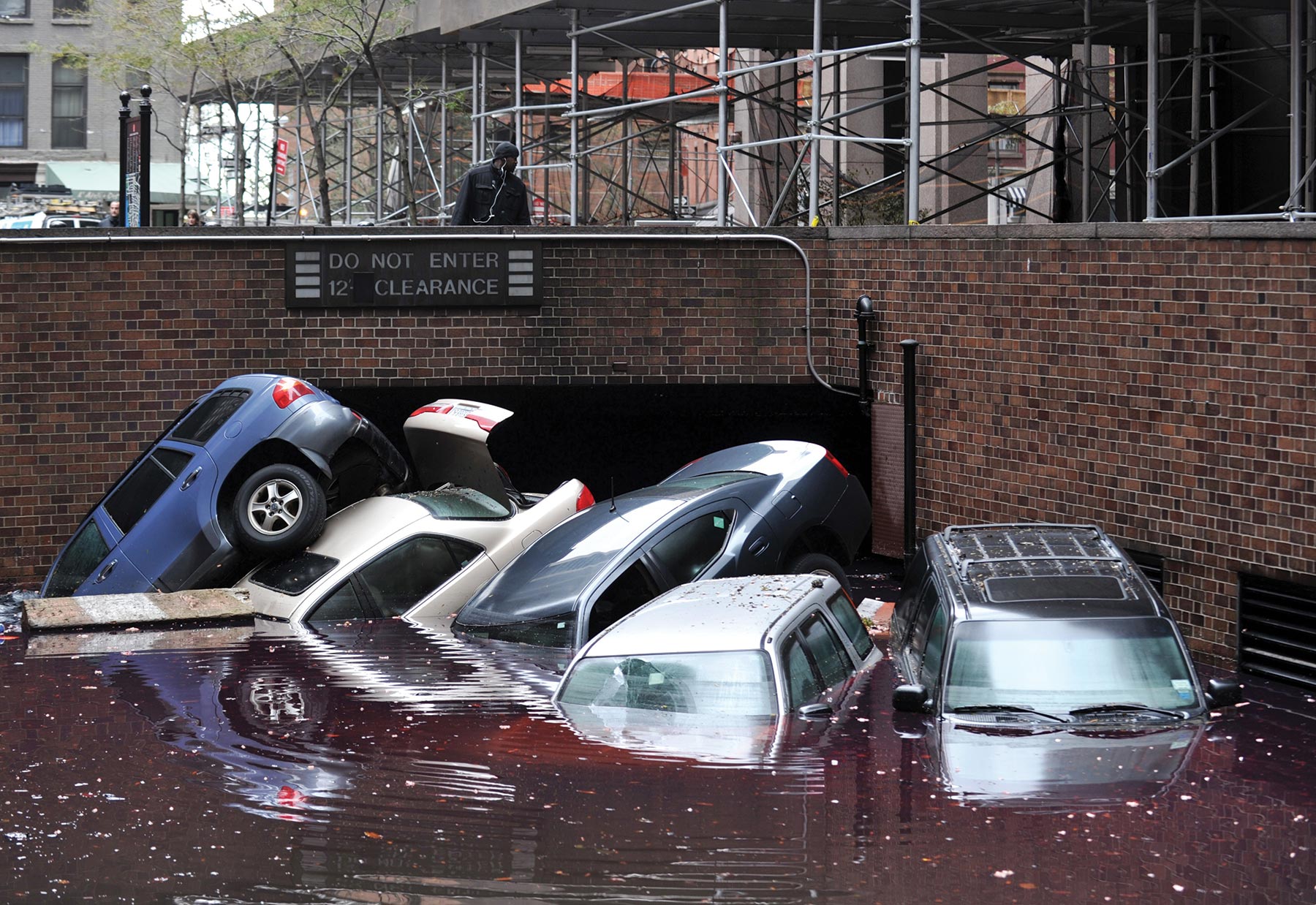Introduction
Climate change poses a series of interrelated challenges to the country’s most densely populated places: its cities. The United States is highly urbanized, with about 80% of its population living in cities and metropolitan areas. Many cities depend on infrastructure, like water and sewage systems, roads, bridges, and power plants, that is aging and in need of repair or replacement. Rising sea levels, storm surges, heat waves, and extreme weather events will compound these issues, stressing or even overwhelming these essential services.
Cities have become early responders to climate change challenges and opportunities due to two simple facts: first, urban areas have large and growing populations that are vulnerable for many reasons to climate variability and change; and second, cities depend on extensive infrastructure systems and the resources that support them. These systems are often connected to rural locations at great distances from urban centers.

The term infrastructure is used broadly and includes systems and assets that are essential for national and economic security, national public health or safety, or to the overall well-being of residents. These include energy, water and wastewater, transportation, public health, banking and finance, telecommunications, food and agriculture, and information technology, among others.

Urban dwellers are particularly vulnerable to disruptions in essential infrastructure services, in part because many of these infrastructure systems are reliant on each other. For example, electricity is essential to multiple systems, and a failure in the electrical grid can affect water treatment, transportation services, and public health. These infrastructure systems – lifelines to millions – will continue to be affected by various climate-related events and processes.
As climate change impacts increase, climate-related events will have large consequences for significant numbers of people living in cities or suburbs. Also at risk from climate change are historic properties and sites as well as cultural resources and archeological sites. Vulnerability assessments and adaptation planning efforts could also include these irreplaceable resources. Changing conditions also create opportunities and challenges for urban climate adaptation (Ch. 28: Adaptation), and many cities have begun planning to address these changes.




















